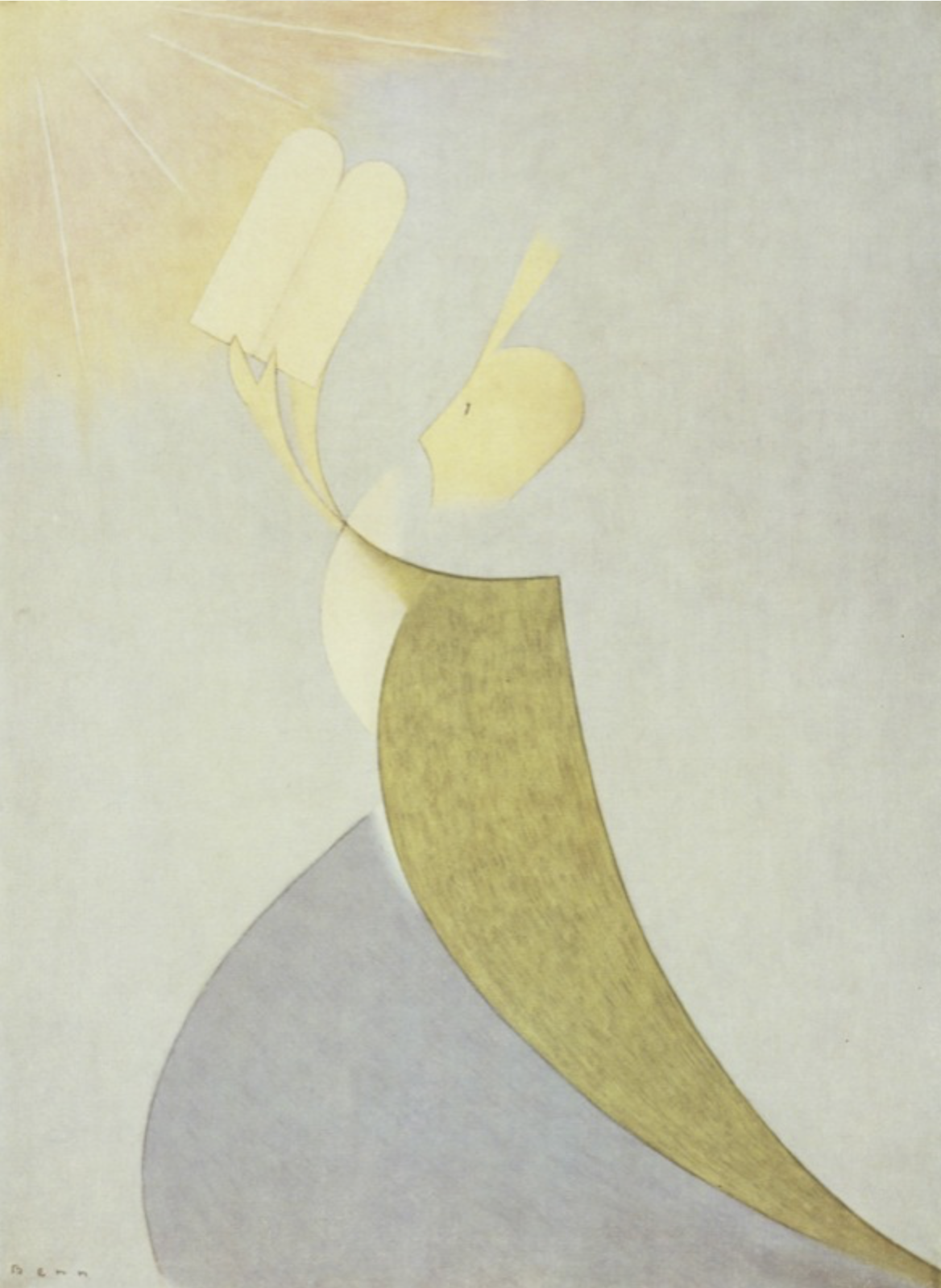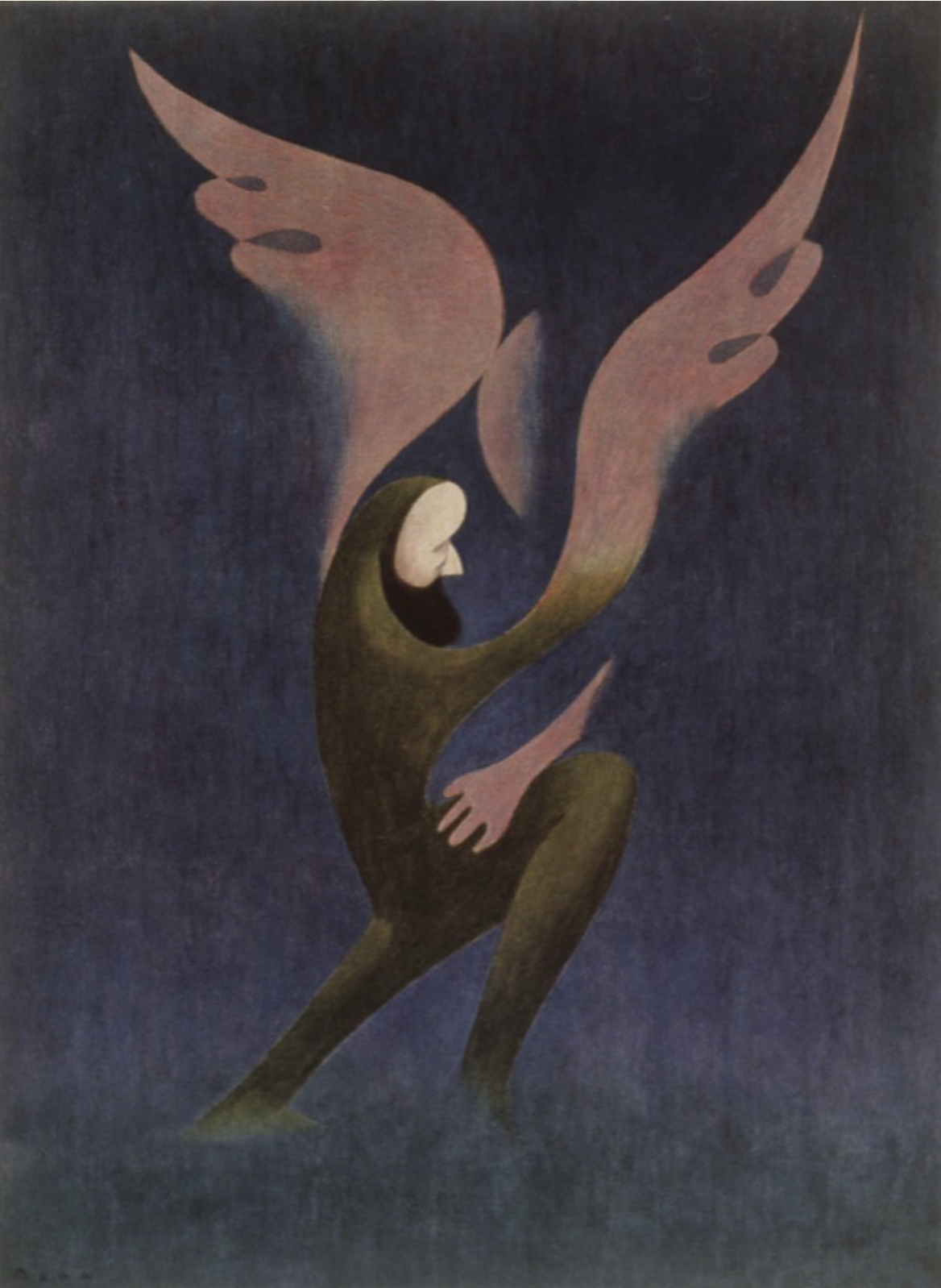Torah Study Date
Saturday, July 6, 2024
Verses Covered
Exodus (Sh’mot) 24:9-24:12
Next Session
Saturday, July 13, 2024
Starting at Exodus 24:13
Rabbi Ben led us again last week. We discussed Exodus 24:9-12 beginning with different views of what Torah means by saying that Moses, Aaron, Nadab, Abihu and the seventy elders “saw the God of Israel.” Some think they actually saw God. Other interpreters suggest that they beheld God or envisioned God (in a prophetic vision). Chris suggested that they apprehended God. There is some reluctance to accept that they simply saw God—because of the later idea that no one can see God and live—but Duke suggested we keep it simple.
We discussed the statement that what was beneath God’s feet was like a structure of sapphire pavement and like the essence of the heavens in purity. I mentioned Alter’s comment that they couldn’t keep their eyes on God so shifted down to something easier to take in, a heavenly brilliance. Ina mentioned that sapphire is majestic. R. Ben reminded us of the “like,” namely, like sapphire pavement.
Then we talked about God not raising a hand against the leaders who, after seeing God, were eating and drinking. Those above who gave more interpretive meanings of “saw” drew on the word used for seeing in this verse, which, as Dani pointed out, is hazon and can refer to prophecy, visions, etc. We commented on how funny it is that they see God (amazing!) and then are eating and drinking (quotidien).
Laura replied to that with her experience at Hindu temples in India where people were eating and praying. James suggested the eating after seeing God was a pagan practice. Edna had a different drash, namely, that they were feasting after surviving the godhead. Hizkuni says they didn’t get the prophecy because they were eating and drinking. Such an interpretation relies on the idea, expressed by Friedman and others, that the verse does not mean God did not put his hand out against them but that he did not put it out to them (which could mean that he was not giving them prophecy). I joked that they did not get prophecy because they were at the oneg.
We then noted God telling Moses to come up the mountain so God could give him tablets containing the teaching and the commandments (torah and mitzvot) God had written to instruct them. We noted that, previously, the pair mentioned was similar but different, namely, words and laws (d’varim and mishpatim). R. Ben noted that they are being written in stone. Moses had written them down before but now God is putting them in stone. Duke said that was so they would believe.
As you can see, with R. Ben’s guidance, we had a lot to say about the four verses we discussed in our two-hour session (a half-hour per verse!).
Our artwork this week is two paintings by Russian-French Jewish artist, Benn (1906-1989), originally called Bencion Rabinowicz, Matan Torah (above) and Jacob’s Dream (below). Benn grew up in Bialystok, Russia, where he learned Torah and art from his father, Shlomo, a self-taught architect and builder who encouraged Bencion’s artistic interests. Benn studied art in Paris where he then moved and saw his art exhibited widely. In 1938, feeling anguish and despair over what he feared was going to happen in France, he produced a series of eerie drawings, Premonitory Drawings. He was taken to a holding camp but was saved by associates from being transferred to a concentration camp. While in the camp, he produced a series of drawings, Notebook of the Camp. He and his wife spent the war hiding in a windowless basement in Paris where he produced drawings, later turned into paintings called Sixty-two Psalms and Verses of the Bible. Our examples are from the later painted versions of the Biblical drawings he produced in his safe, dark space.


